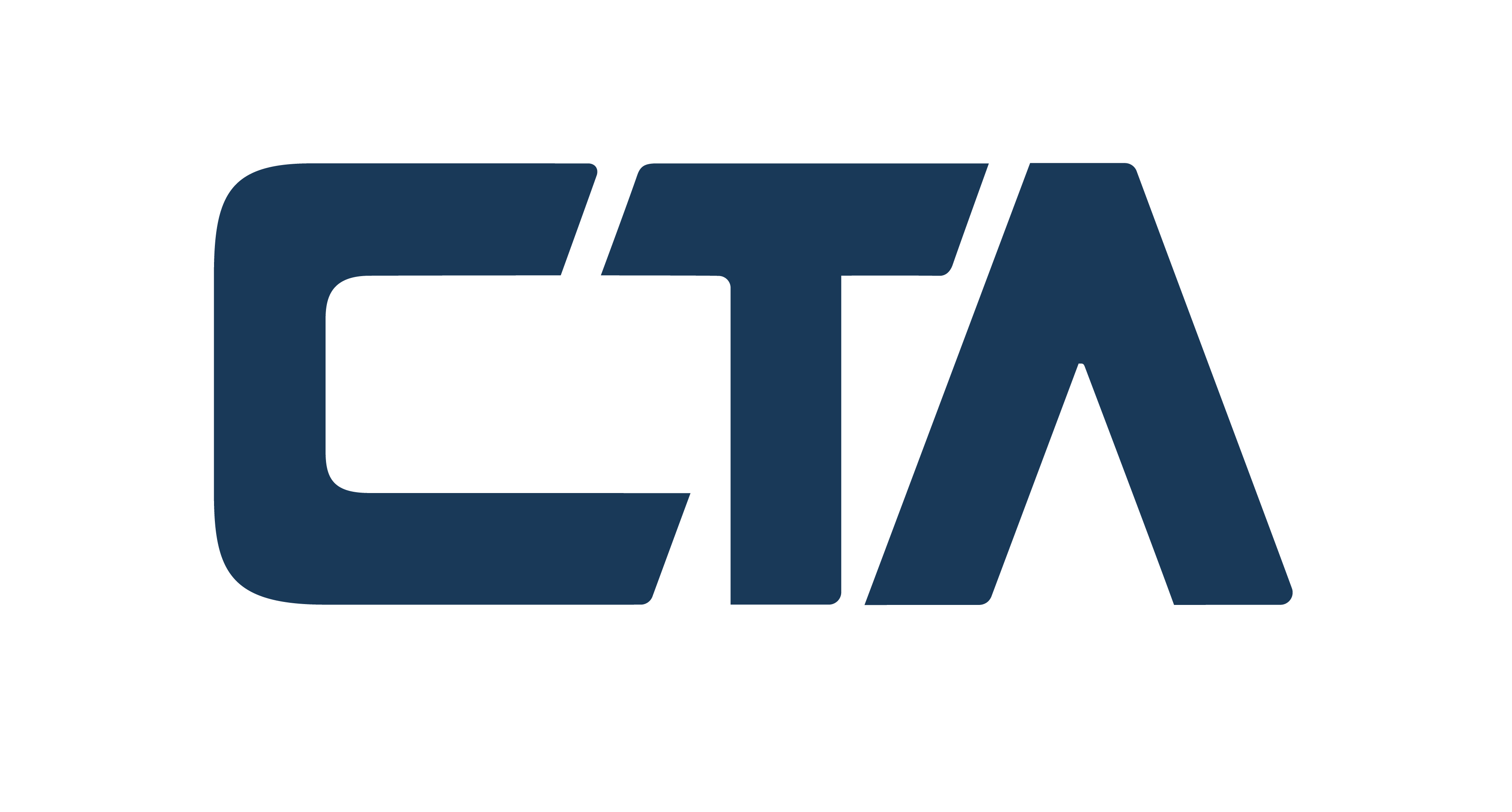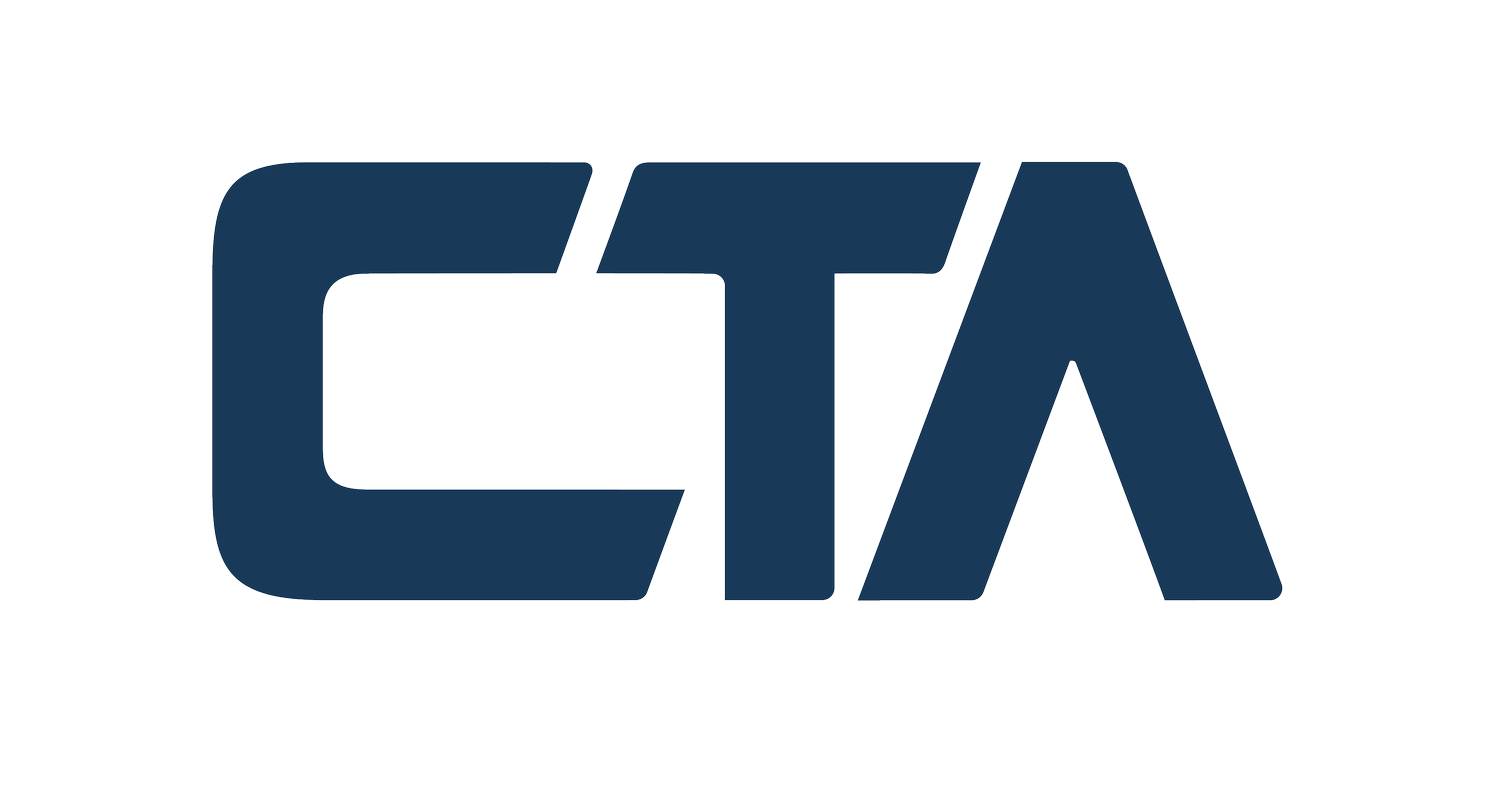In the world of real estate investment, every dollar saved counts. Savvy investors are constantly seeking out strategies to minimize tax liabilities while maximizing returns on their properties. One such strategy that has gained significant traction in recent years is cost segregation depreciation. This powerful tax planning tool allows property owners to accelerate depreciation deductions, resulting in substantial tax savings. In this comprehensive guide, we will delve into the intricacies of cost segregation depreciation, exploring how it works, its benefits, and why it’s essential for property investors.
Understanding Cost Segregation Depreciation
Cost segregation is a strategic tax planning tool that involves identifying and reclassifying certain components of a commercial or residential property to accelerate depreciation deductions.
Typically, buildings are depreciated over 27.5 years for residential properties and 39 years for commercial properties using the straight-line method. However, many building components, such as electrical wiring, plumbing, and HVAC systems, have shorter useful lives and can be depreciated over a much shorter period.

How Does It Work?
Cost segregation involves conducting a detailed engineering-based study to identify these shorter-lived assets within a property. Qualified professionals, such as engineers or construction cost estimators, analyze construction blueprints, invoices, and other relevant documents to determine the cost of each component. They then allocate these costs to various categories, such as land improvements, tangible personal property, and building components, based on their respective depreciation lives as defined by the tax code.
Benefits of Cost Segregation Depreciation
- Accelerated Depreciation: By identifying shorter-lived assets and depreciating them over a shorter period, property owners can front-load depreciation deductions, resulting in increased cash flow and reduced tax liabilities in the earlier years of ownership.
- Increased Cash Flow: Accelerated depreciation translates to higher depreciation deductions, which can significantly enhance cash flow by reducing taxable income and freeing up funds for reinvestment or other purposes.
- Enhanced Return on Investment: By maximizing tax savings, cost segregation can improve the overall return on investment for property owners, making their investments more lucrative and competitive in the market.
- Improved Property Valuation: A lower tax burden due to accelerated depreciation can enhance the property’s net operating income (NOI), positively impacting its valuation and potential resale value.
Targeting Cost Segregation Depreciation for Tax Savings
To leverage cost segregation effectively, property owners should consider the following steps:
- Engage Qualified Professionals: Work with experienced engineers or tax professionals specializing in cost segregation studies to ensure accurate identification and classification of assets.
- Timing Is Key: Cost segregation can be applied to both newly constructed properties and existing ones. However, the greatest tax benefits are typically achieved when conducted shortly after acquisition or construction.
- Document Everything: Maintain detailed records of all costs associated with the property, including construction invoices, blueprints, and any other relevant documents, to support the findings of the cost segregation study.
- Stay Compliant: Ensure compliance with IRS guidelines and regulations governing cost segregation studies to avoid potential audit issues or challenges.
Conclusion
Cost segregation depreciation is a powerful tax planning strategy that can yield substantial benefits for real estate investors. By identifying and accelerating depreciation on shorter-lived assets within a property, investors can increase cash flow, enhance returns, and improve overall tax efficiency. However, it’s essential to approach cost segregation with careful planning and diligence, engaging qualified professionals to conduct thorough studies and ensure compliance with regulatory requirements. By incorporating cost segregation into their tax planning strategies, property owners can unlock significant savings and maximize the financial performance of their real estate investments. Unlock significant tax savings on your property investments with the help of skilled cost segregation consultants.









